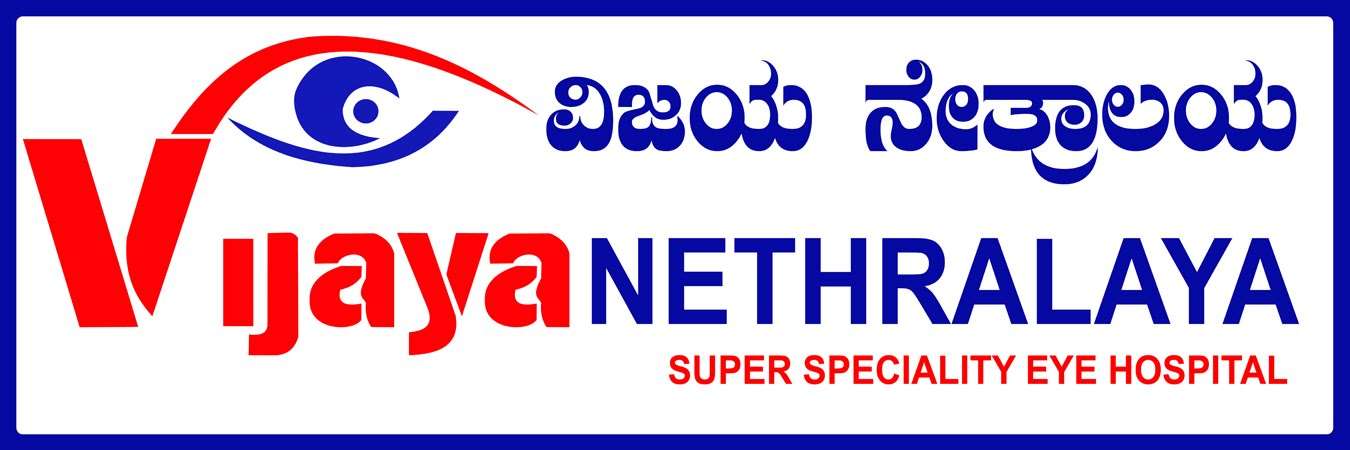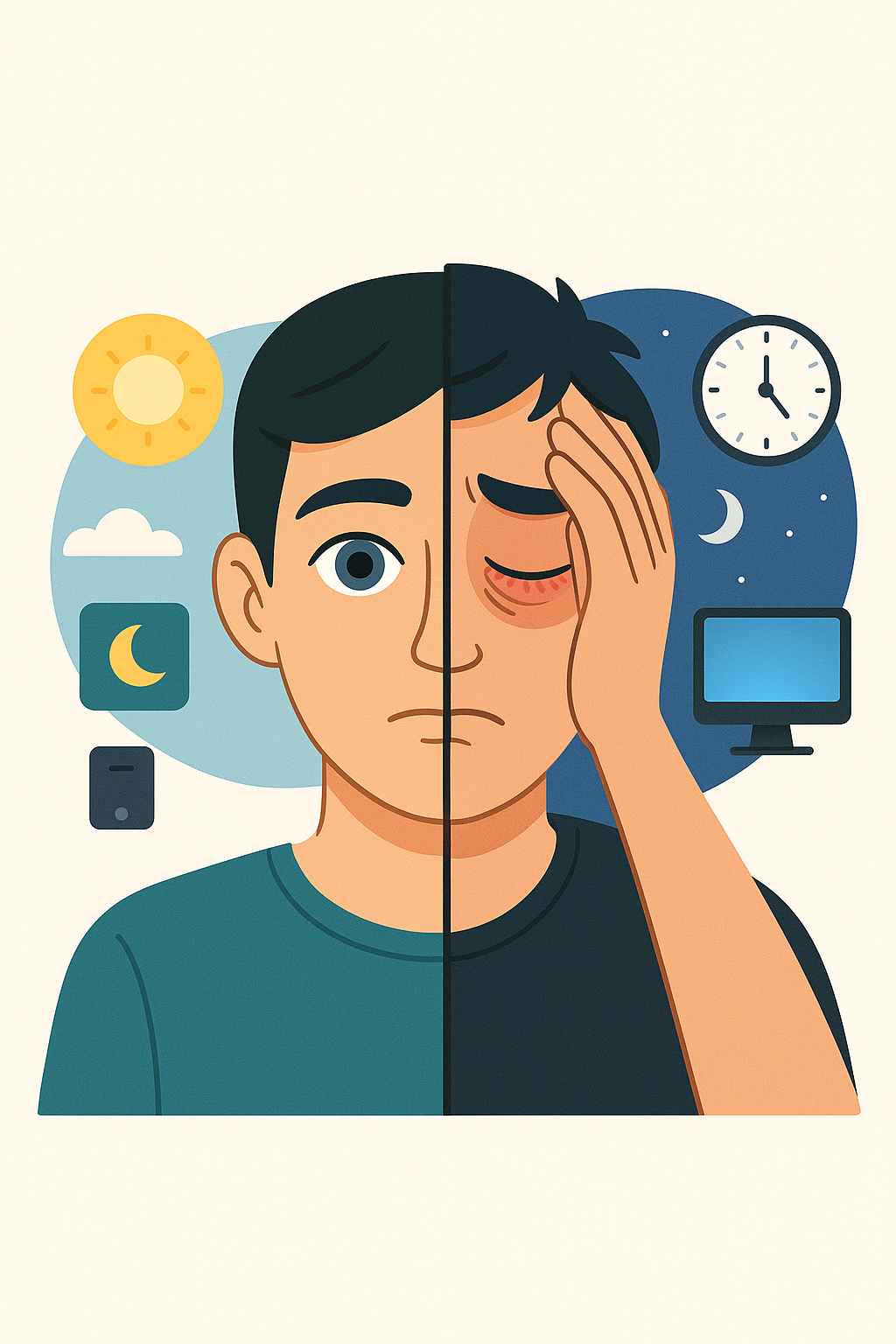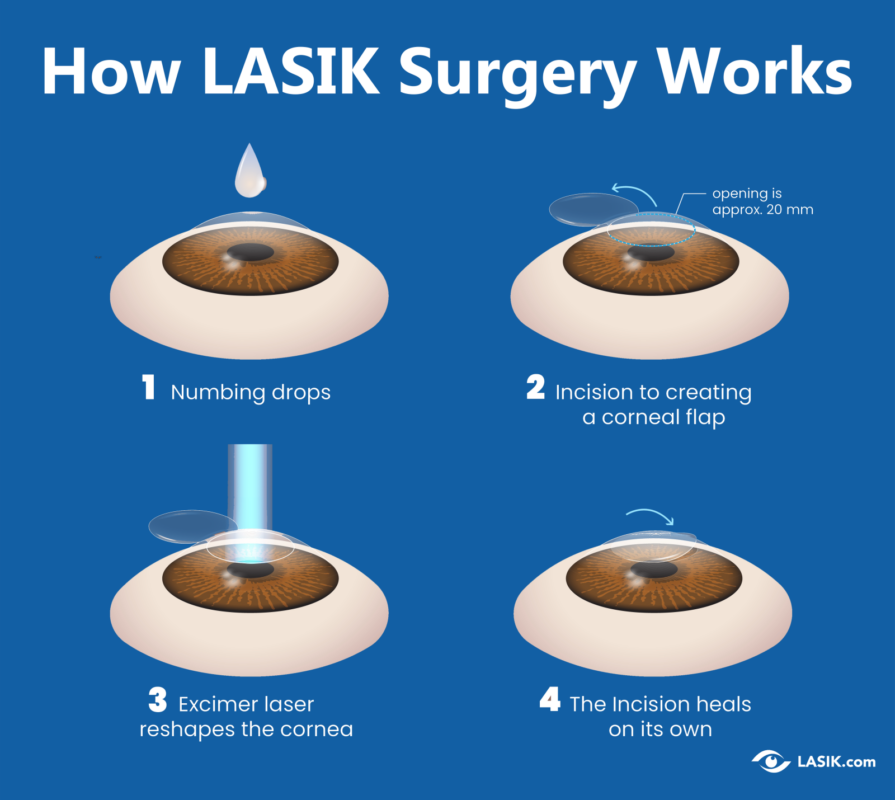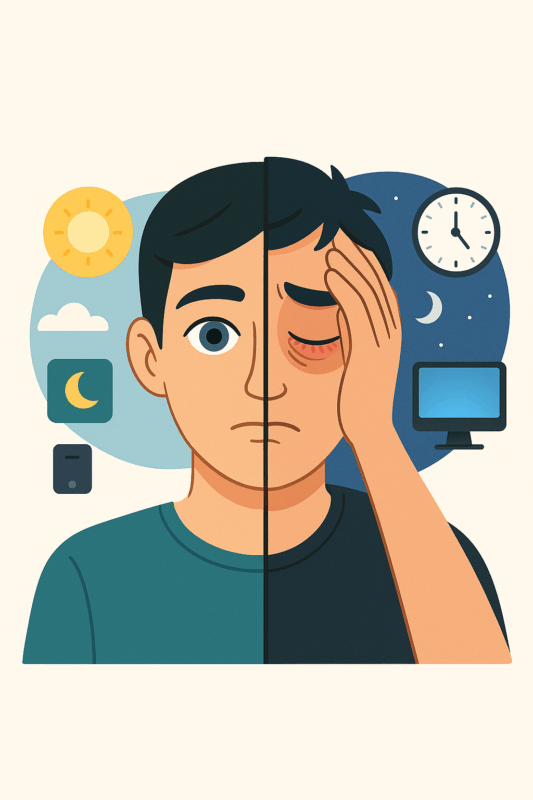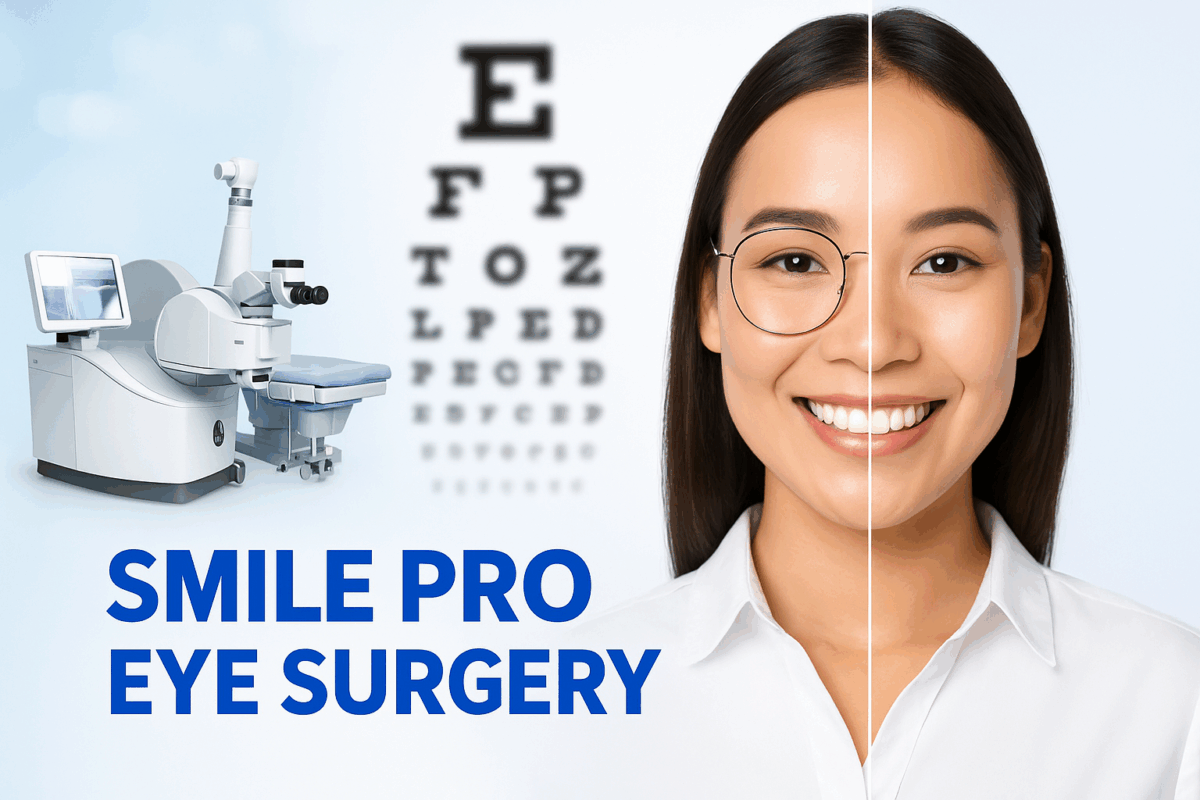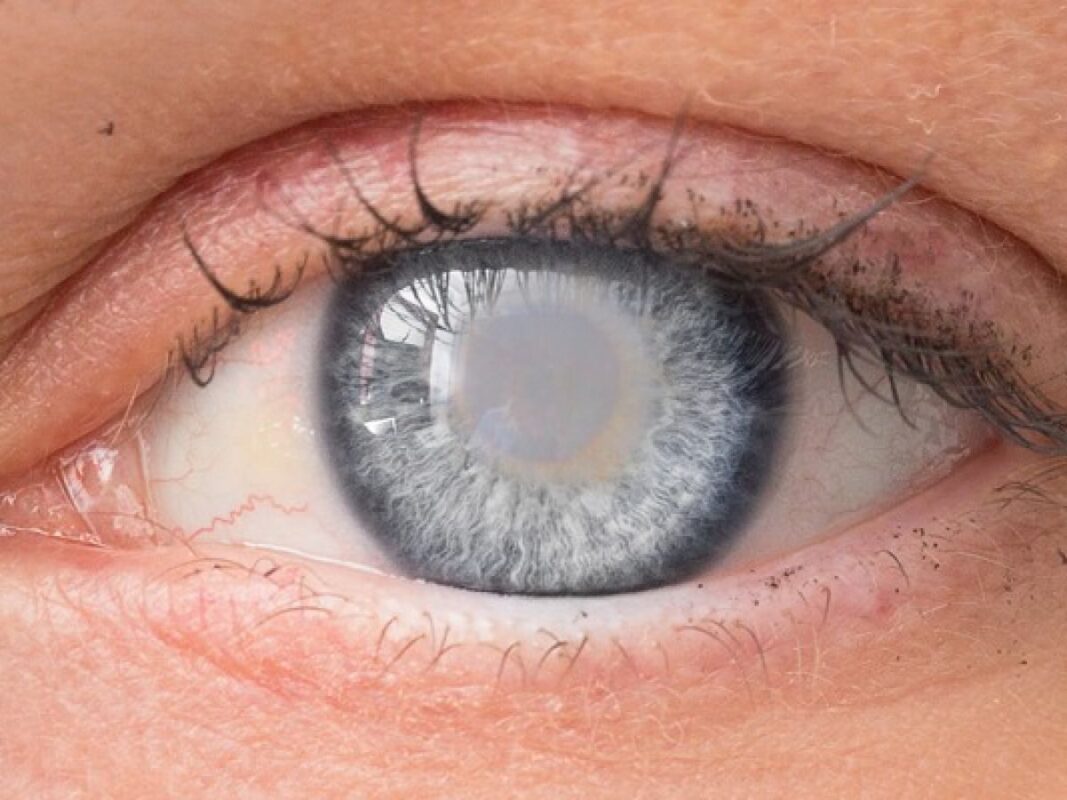Introduction
Have your eyes been feeling tired, dry, or blurry after a long day on screens? You’re not alone. Millions of people between the ages of 18 and 55 experience eye strain, also known as asthenopia. In today’s screen-heavy world, eye strain has become more common than ever — but the good news is, it’s preventable and manageable.
In this article, we’ll break down everything you need to know about eye strain, from causes and symptoms to treatments, prevention tips, and more — all explained in simple, practical terms.
What Is Eye Strain?
Eye strain is a condition where your eyes feel fatigued or uncomfortable after intense use — most commonly after reading, staring at screens, or driving long distances.
It’s not a disease but a symptom of visual stress. If you often feel tired eyes, headaches, or blurry vision after screen time or reading, you may be dealing with digital eye strain or computer vision syndrome.
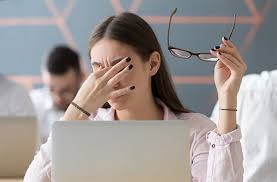
Quick Overview for Featured Snippets
- Eye strain is fatigue or discomfort in the eyes due to prolonged use (e.g., screens, reading).
- Common symptoms: dry eyes, blurred vision, headaches, and neck pain.
- Causes include poor lighting, uncorrected vision, screen time, glare, and improper posture.
- Prevention: 20-20-20 rule, proper lighting, regular breaks, and eye exams.
- Treatment: lubricating eye drops, screen filters, corrective lenses, and lifestyle adjustments.
Common Causes of Eye Strain
These are the most common factors responsible for causing eye strain:
1. Excessive Screen Time
Staring at your phone, laptop, or TV for hours reduces blinking and causes dryness and fatigue.
2. Poor Lighting
Working in low or overly bright light can make your eyes work harder.
3. Improper Posture
Positioning yourself too near to the screen or sitting at an uncomfortable angle can place unnecessary stress on your eyes and neck.
4. Uncorrected Vision
Using incorrect eyewear or neglecting existing vision problems forces your eyes to work harder than necessary.
5. Prolonged Focus
Focusing on small print or detailed work for too long without breaks leads to fatigue.
Symptoms of Eye Strain
If you’re wondering whether what you’re experiencing is eye strain, watch out for these signs:
- Dry, itchy, or watery eyes
- Blurred or double vision
- Headaches (especially around the eyes or temples)
- Sensitivity to light
- Trouble focusing
- Neck, shoulder, or back pain
- Difficulty keeping your eyes open
Pro Tip: If these symptoms persist despite rest, consult an ophthalmologist to rule out other eye conditions.

Who Is Most at Risk?
While eye strain can affect anyone, it’s especially common among:
- Students who spend long hours reading or studying online
- Working professionals using screens 8+ hours a day
- Gamers and content creators
- People with unaddressed refractive errors (like myopia or hyperopia)
Eye Strain Diagnosis
There’s no single test for eye strain. An ophthalmologist may:
- Ask about your screen time and habits
- Conduct a comprehensive eye exam
- Test for refractive errors
- Examine how your eyes work together (binocular vision)
A prompt and comprehensive eye evaluation can accurately identify the root of your discomfort.
Treatment Options for Eye Strain
Eye strain doesn’t require expensive treatments in most cases. However, lifestyle changes and small interventions can make a big difference.
1. Follow the 20-20-20 Rule
Take a break every 20 minutes by focusing on an object about 20 feet away for a minimum of 20 seconds. This helps relax your eye muscles.
2. Lubricating Eye Drops
Artificial tears relieve dryness and irritation. Use preservative-free drops for long-term relief.
3. Blue Light Filters
Use screen filters or blue-light-blocking glasses to reduce digital strain.
4. Corrective Lenses
Update your prescription if you wear glasses. Consider anti-reflective lenses or computer glasses.
5. Adjust Your Screen Setup
Ensure your monitor is 20–24 inches away and slightly below eye level. Reduce screen glare and increase contrast for better visibility.
6. Limit Screen Time
Take regular breaks, avoid doomscrolling before bed, and use “night mode” when possible.
Pros and Cons of Eye Strain Treatment Approaches
| Approach | Pros | Cons |
|---|---|---|
| Lubricating Eye Drops | Instant relief, widely available | Temporary fix, needs reapplication |
| Blue Light Glasses | Reduces blue light exposure | Mixed evidence on effectiveness |
| 20-20-20 Rule | Simple and free | Requires consistency |
| Proper Lighting | Easy to adjust | Needs awareness |
| Prescription Glasses | Long-term solution | May require frequent updates |
Eye Strain Recovery Timeline
How much time does it usually take for eye strain to fully subside?
| Severity | Recovery Time |
|---|---|
| Mild | A few hours to a day |
| Moderate | 1–3 days with proper rest |
| Severe | 3–7 days (if compounded with other issues) |
Important: Persistent eye strain should be evaluated by an ophthalmologist to rule out underlying issues like dry eye syndrome or refractive errors.
Cost of Eye Strain Treatment in India (2025)
Most eye strain remedies are affordable:
| Service/Product | Estimated Cost |
|---|---|
| Eye check-up | ₹100–₹500 |
| Lubricating eye drops | ₹500–₹2500 |
| Blue light glasses | ₹1000–₹5000 |
| Prescription glasses | ₹2000–₹7000 |
| Computer eyewear | ₹2000 – ₹7000 |
👉 Tip: Many hospitals and optical shops offer free eye screening camps — take advantage of them!
Eligibility: Who Can Use These Treatments?
| Treatment | Who’s Eligible |
|---|---|
| Eye drops | Most adults; consult doctor if pregnant or using other meds |
| Blue light glasses | Safe for all screen users |
| Corrective glasses | Based on prescription |
| Ergonomic adjustments | Universal, especially office workers |
| Screen time breaks | Recommended for everyone |
Expert Tips from Ophthalmologists
We spoke to leading ophthalmologists, including Dr. Sushruth Apaji Gowda from Vijaya Nethralaya, Bangalore. Here’s what they recommend:
Dr. Apaji Gowda, Senior Ophthalmologist:
“Digital eye strain is real. Most patients come to us thinking they have a serious problem, but it’s usually about habits. Start with regular breaks and hydration.”
Dr. Sushruth Apaji Gowda, Eye Care Specialist:
“Always adjust your screen setup and lighting. An ergonomic workspace is the first step in eye health for professionals.”
Lifestyle Changes That Help
Incorporate these simple changes for long-term relief:
- Blink often to keep eyes moist
- Use a humidifier in dry environments
- Avoid staring at screens in the dark
- Get 7–8 hours of sleep per night
- Support your eye health by eating a balanced diet loaded with omega-3 fatty acids and essential vitamins like A, C, and E.
FAQs on Eye Strain
Q1: Can eye strain lead to permanent damage?
No. Eye strain is uncomfortable but not harmful long-term. However, it can mask other issues like dry eye or refractive errors.
Q2: Is eye strain only caused by screens?
No. Reading for long periods, driving, or working in poor lighting can also lead to strain.
Q3: Do blue light glasses really work?
Evidence is mixed, but many users report less fatigue and better sleep.
Q4: How often should I visit an eye doctor?
Once a year is ideal, especially if you’re a screen user or wear glasses.
Q5: Can children and teens get eye strain?
Absolutely. With online classes and mobile games, many kids are also affected.
Final Thoughts
Eye strain is a signal from your body that your eyes are overworked and need rest. By paying attention to your habits and making small changes, you can reduce discomfort and boost your productivity.
Whether you’re a student, software engineer, gamer, or entrepreneur, protecting your vision is essential in today’s digital world. Don’t ignore the signs — if your eyes are tired, they’re telling you something.
Need Expert Help in Bangalore?
Visit Vijaya Nethralaya Super Speciality Eye Hospital for expert consultations with Dr. Sushruth Apaji Gowda and Dr. Apaji Gowda. From eye strain to advanced vision correction, you’re in good hands.
Book Your Eye Exam Today!
Don’t wait until your eyes feel worse. Schedule your consultation today to get personalized advice and treatment for eye strain. We’re here to help you see clearly and feel better.
